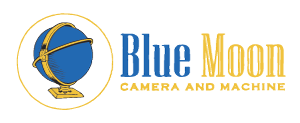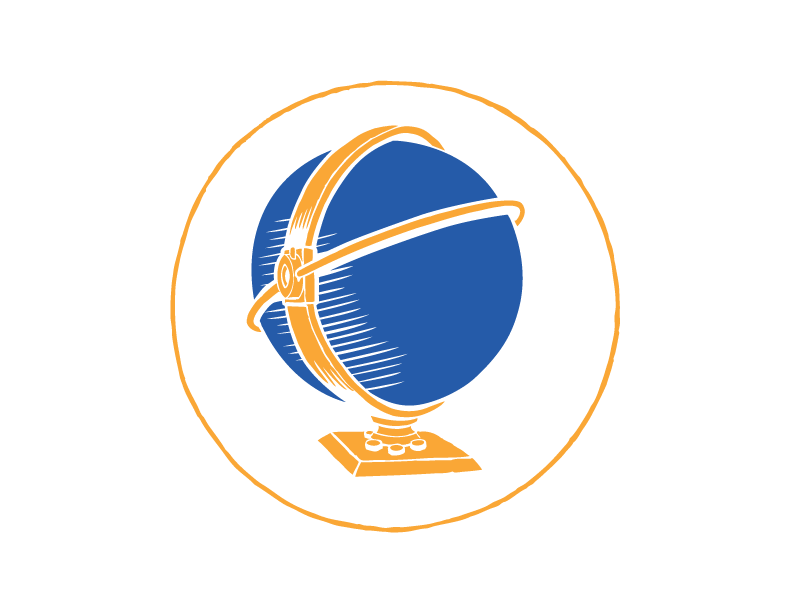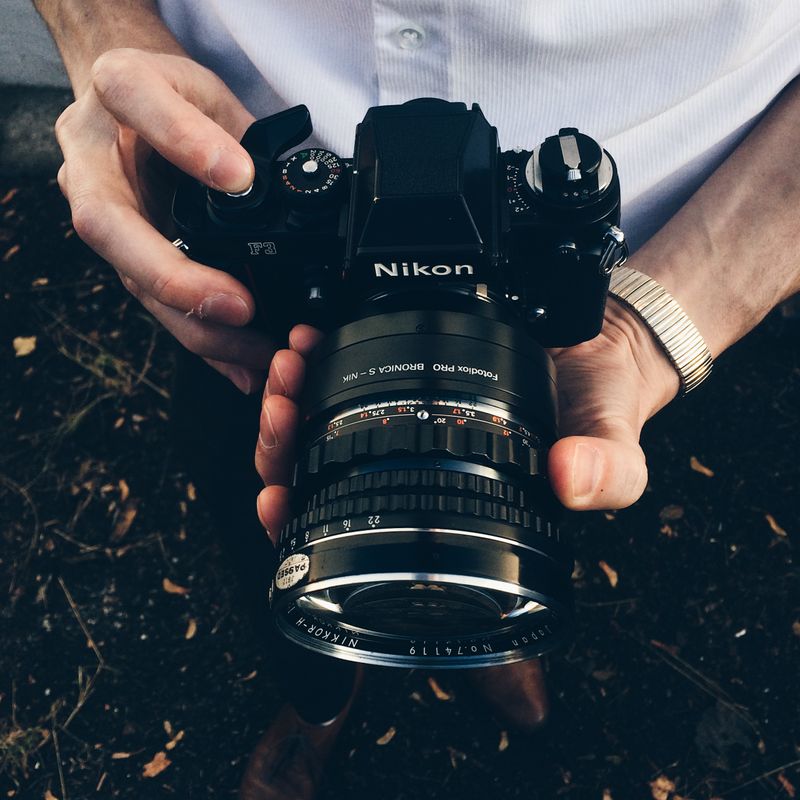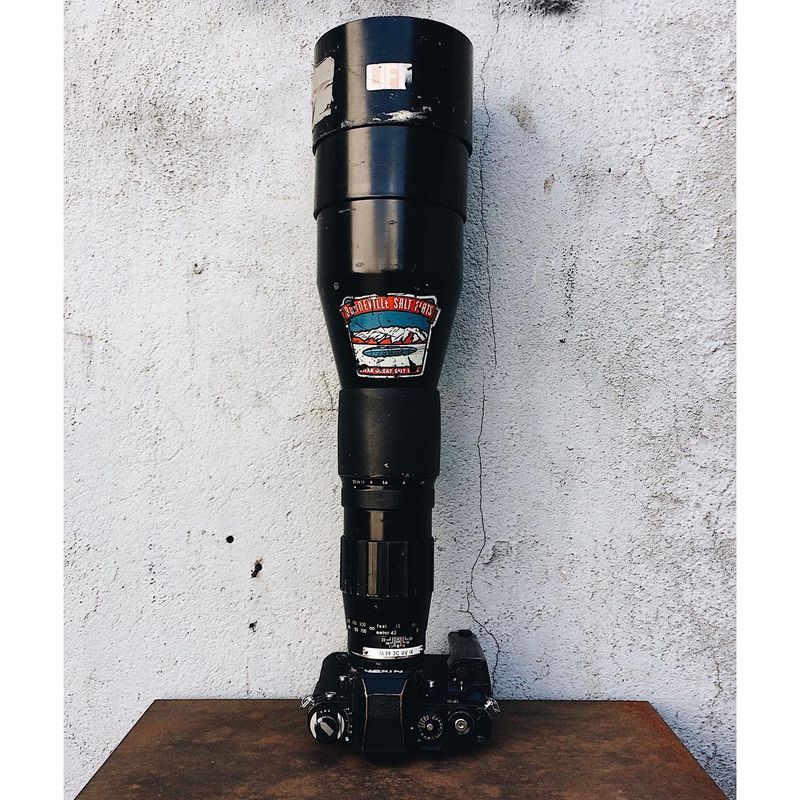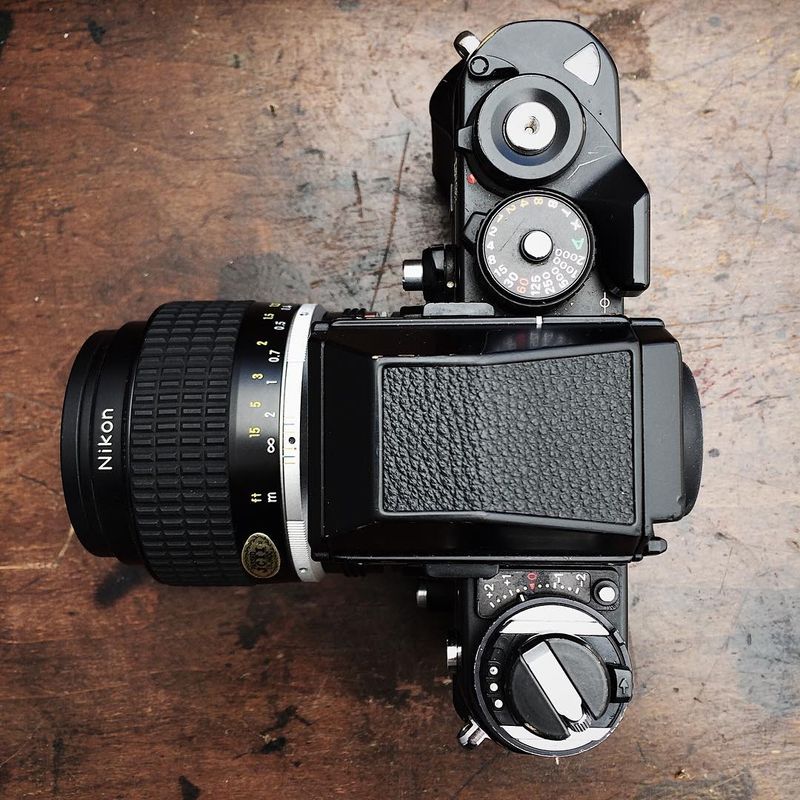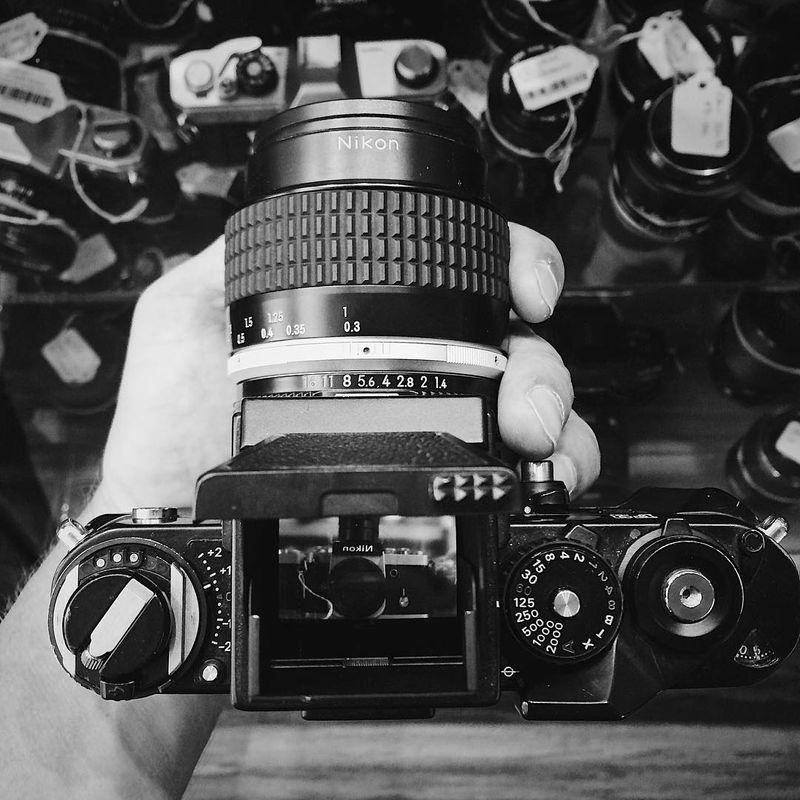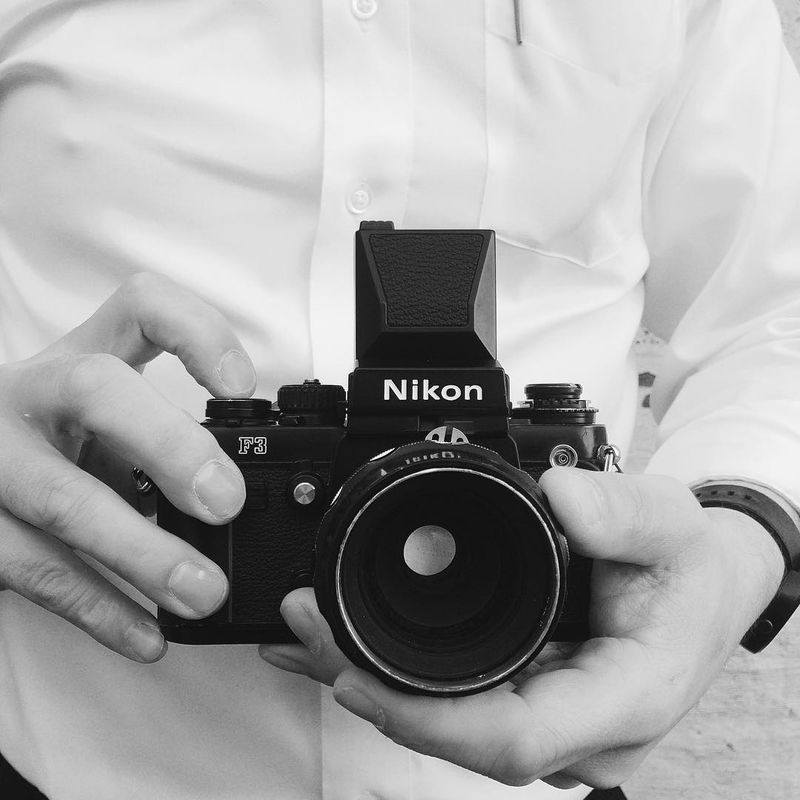An Important Message
We will be closed on Friday, July 4th. We will be back on Saturday, July 5th at 9am!
Close
Shop
Back
Cameras
Back
35mm Cameras
Medium Format Cameras
Large Format Cameras
Subminiature Camera Systems
Motion Picture Cameras
Lenses
Accessories
Film & Supplies
Darkroom Equipment & Supplies
Typewriters & Other Machines
Projectors & Viewers
Back
Chemistry
Paper
Darkroom Equipment
Sundries
Discount Items
Photo Lab
Sell Your Gear
Culture
Get Social
Info & Help Pages
Contact Us
Log In/Sign Up
Blue Moon Camera and Machine llc
- sales@bluemooncamera.com
- (503) 978-0333
- (503) 978-0370
-
8417 North Lombard Street
Portland, OR 97203
All rights reserved ©2025, Blue Moon Camera and Machine llc
